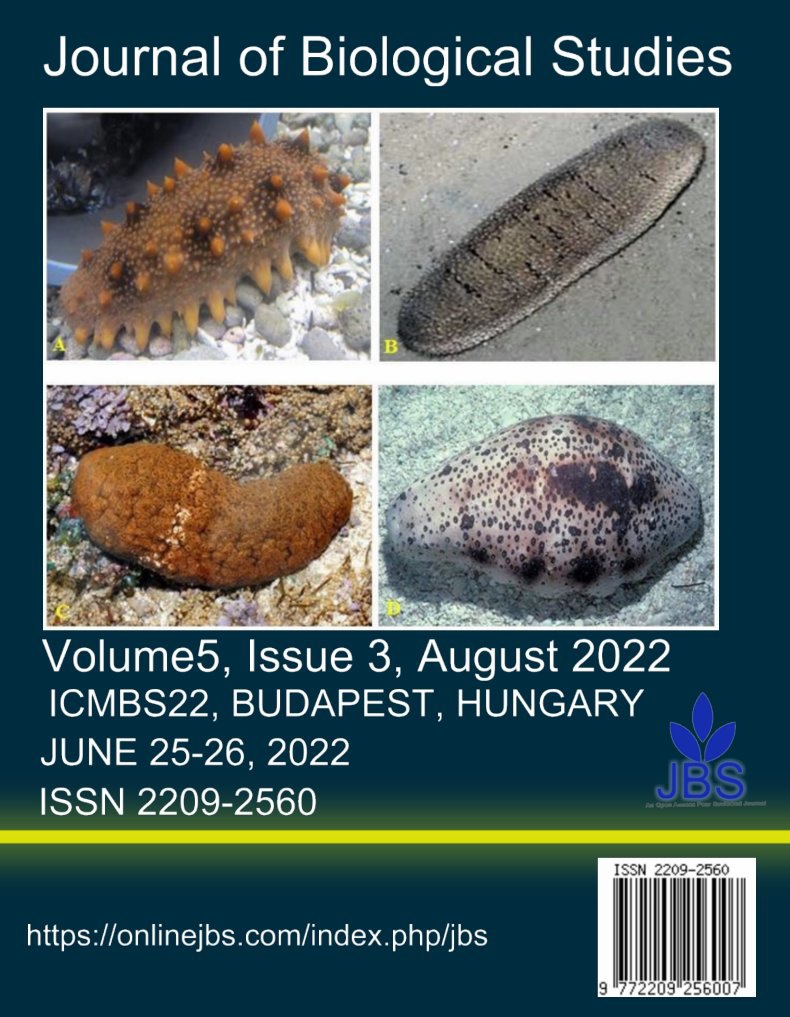Evaluation of in vitro release of zeaxanthin-containing nanocarriers
Main Article Content
Abstract
Many studies have shown that lipid nanocarriers can cause a slow release in vitro. Today, zeaxanthin has become very important as a promising bioactive substance in the human diet. In addition to its vital importance as a natural dye, in particular, it is considered a health-promoting component that has many beneficial properties. At the same time, poor water solubility, as well as poor bioavailability, are bottlenecks that limit food/drug use. Accordingly, the present study investigated the release of nanocarriers containing zeaxanthin. During this experimental-laboratory research, lipid nanocarriers were produced by combining two methods of homogenization with high shear force and ultrasound. The release of zeaxanthin was performed at gastric pH equivalent (1.2) and intestinal pH equivalent (8.6) using the dialysis bag method at 37 °C. In order to evaluate the release, the data were analyzed using statistical tests. Zeaxanthin was extracted using HPLC and the purity was reported to be 91.4%. Production of zeaxanthin lipid nanocarriers was performed by combining two methods of high shear homogenization and ultrasound. The release of zeaxanthin lipid nanocarriers was performed in quasi-gastric and intestinal conditions and the release rates during the first two hours and eight hours were 40% and 70%, respectively. The results of this study showed that the lipid nanocarriers NLC had prolonged desirable release. The chemical and physical structure of SLN and NLC nanocarriers provide a proper release making them a suitable target for drug delivery systems.
Article Details

This work is licensed under a Creative Commons Attribution 4.0 International License.
